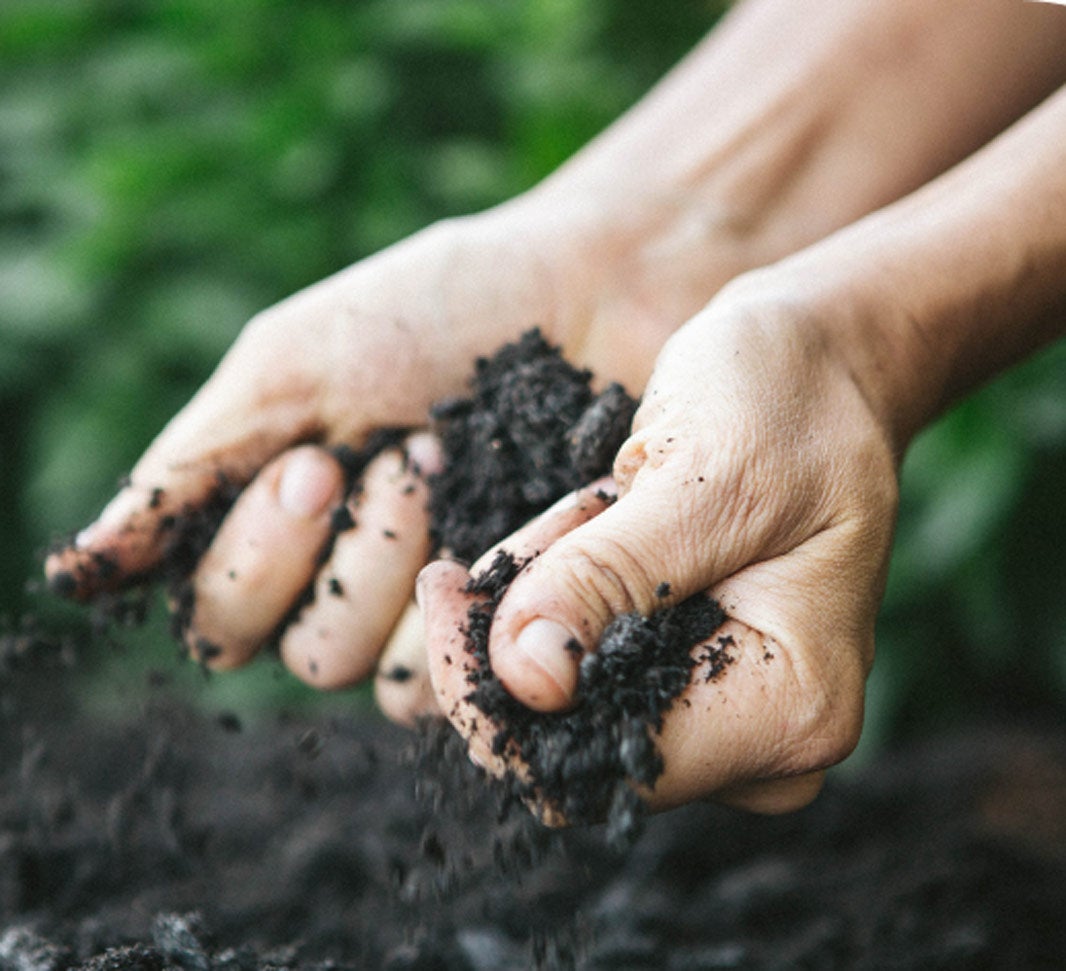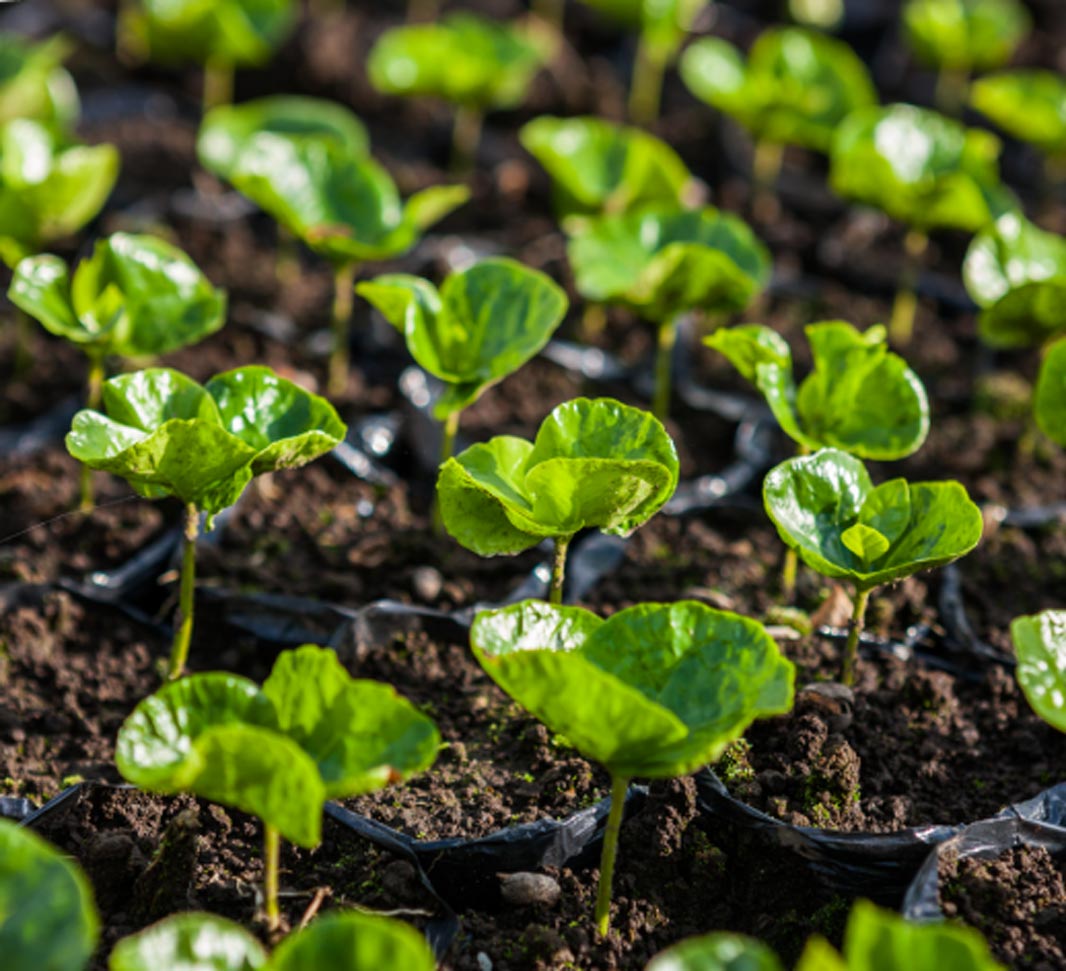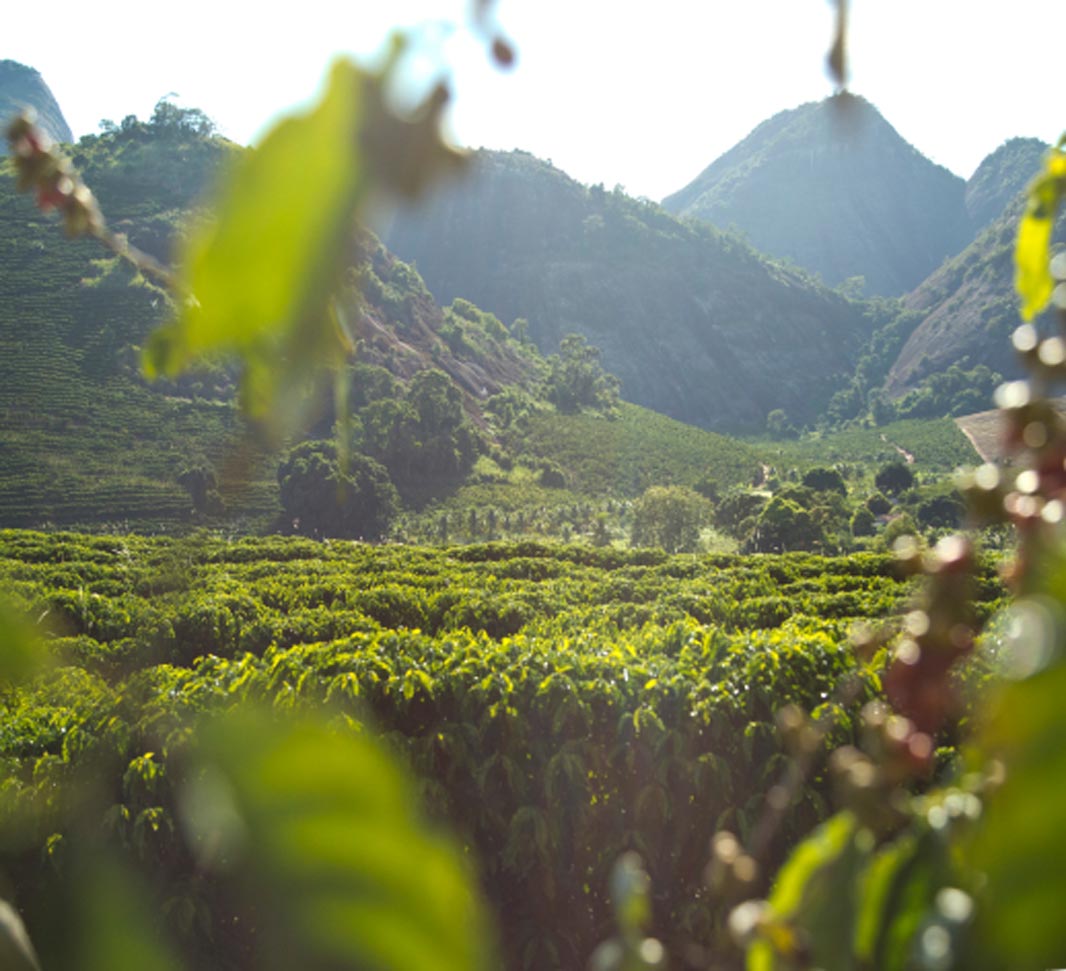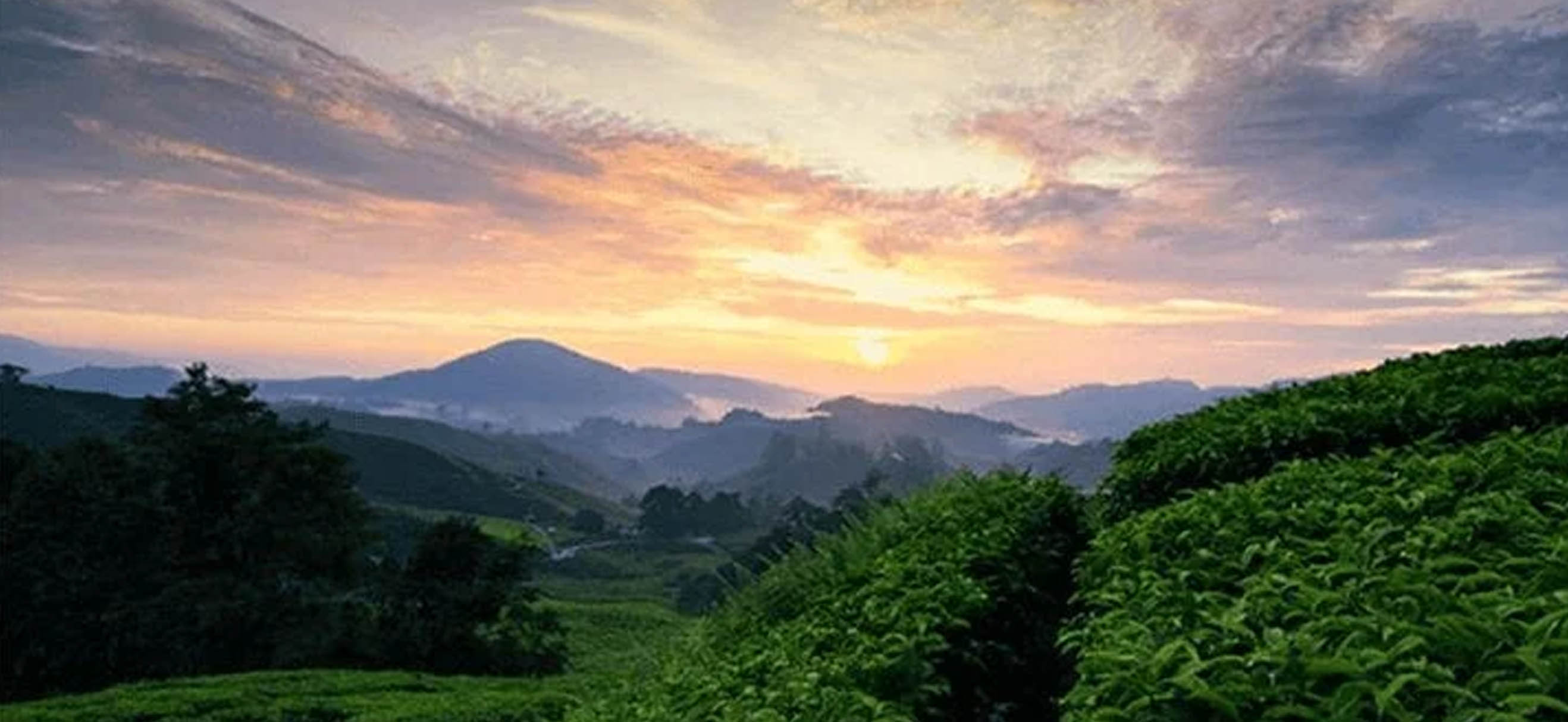Tastes good and working to do good
Any farmer will tell you that their crops rely on the health of the soil. Healthy soil produces bigger and better crops and is more resilient to the effects of climate change. Unhealthy soil does the opposite. But to keep soil healthy, farmers use fertilisers - which often produce toxic carbon dioxide.
So how can we keep soil healthy while reducing carbon emissions?
We can improve the quality and quantity of fertilisers we use, making sure they have the right nutrients and we’re using them in the right way. Fertilisers produce more than 70% of farms’ carbon emission, so even a small improvement will have a big impact on the overall carbon footprint of farming.
At NESCAFÉ, we’re on a sustainability journey. And an important part of this will mean supporting the care of the soil in and around where the coffee trees grow.
Not too little... Not too much...
A healthier soil means healthier coffee trees. And one of the ways our partner growers nurture the soil is by using fertilisers. But all fertilisers have a carbon footprint.
So one step of our journey to reduce our NESCAFÉ GOLD BLEND Origins Alta Rica carbon footprint, is to discover the best ways to support the care given to the soil the coffee grows in and work with farmers in Brazil on their fertiliser use.
And the answer…?
Just the right amount
These days our partner coffee growers can use fertiliser more precisely.
For example, by partnering with OFI (Olam Food Ingredients), we have started to work with farmers in Brazil who are now starting to use the principles that we call the “4R” approach.
That the Right nutrients, in the Right amount, at the Right time, in the Right place.
Yes, it sounds simple, but how do the coffee growers know that they’re doing it right?

The solution is in the soil
This is where we can help.
The coffee farmers we’re working with send soil samples to partner laboratories, where it is analyzed using the latest technology to create a tailored fertiliser with the exact combination of micro- and macronutrients, unique to each farm’s needs. (And not only should this make for healthier crops. It should also manage the soil acidity and aims to help reduce our carbon footprint in the years to come.)

The farm is only the start
This precise use of nutrients aims to help in many ways. It works towards making coffee trees healthier, while also making the soil less prone to erosion. This should also mean that the farmers will run in to fewer problems with their crops.
And our efforts to improve our sustainability credentials don’t just stop at the farm.
At NESCAFÉ, we have a team dedicated to analysing the carbon footprint that NESCAFÉ GOLD BLEND Origins has. From growing your coffee, to producing it, and right through to the way you prepare it.
We conducted a Life Cycle Assessment to measure our carbon footprint and our reduction journey has started. Since 2018, we've been working to use our coffee beans more efficiently, whilst keeping the taste you love. It'll be challenging but we're fully committed to further reductions in the coming years. For example, we aim to increase recycled materials in packaging as well as work on more planned actions.

But don’t take our word for it
To make sure we are doing all this right, our efforts between 2018 and 2021 have been assessed and approved by the environmental sustainability consultancy Quantis, and certified by global climate consultancy, the Carbon Trust, as an acknowledgement of the work we've done to reduce our carbon footprint so far.
So, wherever you see these symbols, you know that we’ve been working toward our objective to reduce our carbon footprint, with the aim to reach a 25% reduction within the next couple of years. And to make your next cup of NESCAFE even more enjoyable.


